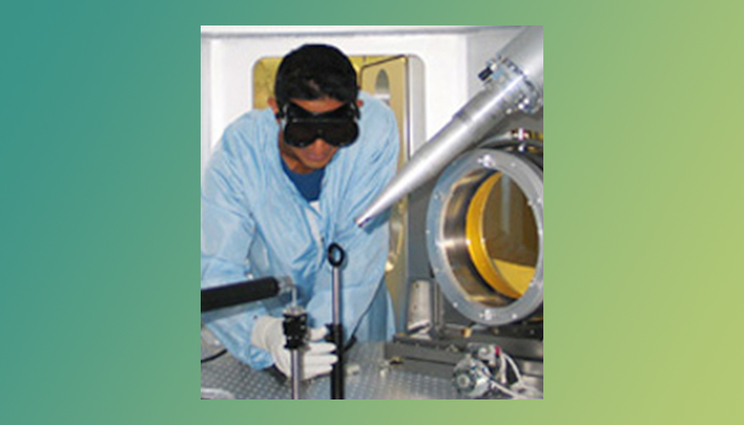New Consortium Aims to Expand HED Science Education and Research Collaborations
 (Download Image)
(Download Image)
The Consortium for High Energy Density Science, which includes LLNL’s HED Science Center and three minority-serving institutions, will develop new educational and research opportunities for students.
A three-year funding award from NNSA’s Minority Serving Institution Partnership Program enabled LLNL and three academic institutions to form the Consortium for High Energy Density Science, a partnership that aims to expand educational opportunities for students and research collaborations among the participating institutions, which include Florida A&M University, Morehouse College, and the University of California (UC) Merced.
“HED science is seldom taught at academic institutions, yet it is essential for NNSA’s missions such as the Stockpile Stewardship Program,” said Félicie Albert, deputy director of LLNL’s HED Science Center.
As part of the consortium’s initiatives, LLNL scientists will help develop an enhanced HED science curriculum for students at Florida A&M, UC Merced, and Morehouse; foster undergraduate student interest in HED science careers through colloquia and other events; and expand opportunities for students and faculty to partner with LLNL researchers on HED science research. The Center will host summer students at LLNL from the three collaborating institutions, which are all minority-serving institutions.
“There’s currently no concrete educational pathway to prepare for work in HED science,” said UC Merced Assistant Professor Aurora Pribram-Jones, who was an LLNL postdoctoral fellow from 2015 to 2018. “It’s not like you can go to a school to get an HED science degree. The consortium will help develop that training, from pre-college through postdoc positions at national labs.”
The goals for the Consortium for HED Science include developing an enhanced HED science curriculum for students who attend the Consortium’s universities, building interest in career pathways in HED science, and expanding opportunities for students and faculty to partner with LLNL researchers on HED science research.
Tags
High-Energy-Density ScienceCenter for High Energy Density Science
Physical and Life Sciences
Featured Articles







